Viltrox AF 50mm F1.8 STM Review
Dustin Abbott
January 17th, 2022
You have to admire Viltrox. Just a few short years ago I reviewed my first Viltrox lens (a manual focus wide angle), but by their third lens, I was reviewing an autofocus lens. And, since that point, they have tackled most modern mirrorless platform with autofocus lenses, from Sony E/FE to Fuji X to Canon EF-M and RF to Nikon Z. That takes a lot of guts, as each platform has its own unique challenges, but Viltrox has smartly packaged and repackaged their optical designs with new looks, cine versions, and releases on new platforms like Canon RF and Nikon Z. They have pulled it off, too, with largely successful lenses at very competitive prices. About a year ago I reviewed what was the first of a new series of lenses for 2021, a 24mm F1.8 STM lens which I reviewed in a Sony FE mount. The 24mm was to be followed up in 2021 with a 35mm F1.8 along with a 50mm F1.8 lens. 2021 didn’t turn out like any of us planned, however, and development of the 35mm and 50mm lenses got pushed back. Here we are at the beginning of 2022, however, and the Viltrox AF 50mm F1.8 STM is here.
I’ve been anticipating the arrival of this particular lens because I do think it meets a need in the market. Sony has had a FE 50mm F1.8 on the market since 2016, but that lens came when full frame mirrorless was still in its infancy, and it shows in some ways. It has a cruder micromotor autofocus system which is buzzy, slow, and the lens is not internally focusing. That lens also is a “plastic fantastic” with a plasticky build and is completely devoid of features. The Sony lens is fairly inexpensive ($250 USD), but leaves a lot to be desired. I’ve been recommending the Samyang AF 45mm F1.8 to potential buyers instead, as, though it also has a plasticky build (and isn’t quite 50mm!), it has a stronger autofocus and optical performance. I quite like that little lens and continue to reach for it. The Viltrox AF 50mm F1.8 helps to fill the void for those looking for a nicer budget 50mm option. Though a bit more expensive ($375 USD), it offers a nicer build, better autofocus, and, in many ways, a superior optical performance to the Sony, and, at the least, a better build than the Samyang.
This review will explore whether or not the Viltrox justifies that price hike relative to the Sony lens, and whether or not the Viltrox AF 50mm F1.8 worthy of consideration for your Sony full frame (or APS-C) mirrorless camera? Let’s dive in a take a look. If you prefer to watch reviews, you can choose either the long-format definitive review or the quick take video below:
Follow Me @ Patreon | My Newsletter | Instagram | Facebook | DA Merchandise | Flickr | 500px
I want to thank Viltrox for sending me a test retail copy of the lens for review. As always, this is a completely independent review. The opinions here are completely my own. *The tests and most of the photos that I share as a part of my review cycle have been done with the new Sony Alpha 1 which will serve as my benchmark camera for the foreseeable future (my review here).
Viltrox AF 50mm STM Build, Design and Handling
As noted in our intro, the Viltrox lens definitely beats its main competitors when it comes to build and design. The 50mm STM strikes a very nice balance between quality of build and compact size. While it isn’t as small and light as either the Sony or the Samyang I’ve mentioned, it does have much higher grade of materials in its construction and some additional features. This is a lens that is only 88.2mm long and 70mm in diameter, which is almost identical to the Viltrox AF 24mm F1.8 in size. The weight of the two lenses is identical at 340g. Clearly Viltrox has once again leveraged an outer physical design into multiple optical formulas like they’ve done with the APS-C 23mm, 33mm, and 56mm F1.4 lenses. What we’ve got is a relatively compact lens, but one made of premium materials (all metal and glass).
Up front we have a 55mm filter thread, which is a small but relatively common filter size. Like the rest of the barrel construction, the filter threads are metal, and the front aspect of the lens is nice.
There are no switches on the side of the barrel, and Viltrox has devoted the real estate on the lens to a nice aperture ring along with a wide manual focus ring.
The aperture ring is nicely executed, with one third stop markings (that line up precisely), though are there are no “detents” outside of the one between F16 (minimum aperture) and Auto mode to keep you from inadvertently switching between the two. This means that one could in theory do aperture racking, though electronically controlled apertures are often not the best for this.
The manual focus ring is really nicely executed. It is finely ribbed (in metal), so has great grip. It also has excellent damping, which makes focus emulation very nice and precise. The active focus area will be automatically magnified if focus assist is enabled, and this enables one to quickly confirm accurate focus visually. Viltrox has been doing a great with these manual focus rings, as both this and the 24mm have one of the best executions of focus by wire in a non-premium lens that I’ve seen. A very quiet focus motor assures that there is no noise during manual focus.
The lens hood is the only discordant note here, as, while made of decently thick plastics, it feels a little cheap relative to the excellent materials used on the lens barrel itself.
Here’s a look at the overall specifications relative to the two competitors (neither of which have an aperture ring, a decent manual focus ring, and no real metals in the construction materials).
As noted, what we are missing in lens design is any switches (you’ll have to change between AF and MF in camera) and a lack of any weather sealing, though the front element has been treated with a water-resistant coating. Lens construction outside of these missing pieces is very nice.
There are nine rounded aperture blades (good), though Viltrox has not perfected this process. I’ve noted that Viltrox apertures are often somewhat uneven, and, while that is less true here, you can see that the shape is still a little inconsistent.
As you stop the aperture down (wide open, F2.8, F4 here), you will start to see the shape of the blades a bit…though that is more obscured here by the obvious “onion bokeh” (concentric circles in the bokeh highlights) that is unfortunately pretty obvious here.
This is an unfortunate turn, as that will be a deal breaker for some potential buyers.
Viltrox has included a USB-C port on the metal lens mount that allows you to connect the lens to a computer and update the firmware directly. The ability to easily update firmware is a huge asset for Viltrox, and a standard I would love to see other lensmakers adopt, as, frankly, it is a simpler process than a separate dock or even updating in camera like Sony lenses do.
Thus far magnification has rarely been a strength for Viltrox lenses. This often requires a more complicated floating lens group or specific engineering to achieve closer focus and thus higher levels of magnification. The Viltrox AF 50mm STM cannot focus as closely as competitors (55cm) and thus only has a 0.10x magnification. This figure lags competing lenses. Here’s what the magnification looks like:
Not much magnification, obviously, though the upside is the contrast and detail is actually quite good even at F1.8. This has been a trend for Viltrox lenses – low magnification, but good performance at MFD including good contrast and detail along with a fairly flat plane of focus.
So, while there are still a few hiccups here, the Viltrox AF 50mm F1.8 STM is a clearly superior lens to its main competitors in terms of build quality and even features. This is far from a “plastic fantastic” or “nifty fifty”; this is a serious lens with a genuinely nice degree of build. I’d love to see Viltrox incorporate an AF/MF switch (they did on their RF 85mm F1.8) and start to include weather sealing in their designs, but outside of that, this is a lot of lens for the money.
Viltrox AF 50mm STM Autofocus Performance
The Viltrox AF 50mm STM utilizes a lead-screw type stepping focus motor (STM) that makes fast, quiet focus changes. I could only hear any focus noise if I put my ear right next to the lens during focus, but it wasn’t loud enough to be picked up by the camera. I was pleasantly surprised by how stable the lens was when tracking my face during the 3-4 video episodes I filmed with it during my review. I saw no hunting or loss of focus; it stayed solidly locked onto my eye/face without any pulsing. I was also very pleased with my focus accuracy when shooting stills, where even very narrow depth of field situations returned very consistently good focus results on my Sony Alpha 1.
Focus speed was typically very good, though in a couple of situations where the lens did a full focus rack (starting at minimum and going to infinity), I sense a split-second lag before final focus was achieved. Focus results were generally confident, however, and there was no settling before focus lock was achieved.
That larger maximum aperture (F1.8) does help the 50mm STM focus in low light compared to lenses with a smaller maximum aperture. This shot of Loki was shot in very dim conditions, but Eye AF locked quickly on his eye and in multiple shots I saw excellent focus accuracy.
In many cases, cameras will focus with the lens aperture wide open and then close it down to the preset aperture choice at the moment of capture. A lens with a smaller maximum aperture is going to be at a disadvantage in low light conditions because the physical aperture is smaller than alternative lenses, meaning that less light can reach the sensor. The fairly large maximum aperture will help you focus at F1.8 in low light conditions, but, unlike some lenses, the Viltrox does not open the aperture completely to focus. It focuses at the preset aperture, meaning that the advantage is lost if your aperture is set at, say, F2.8. If you are in very low light conditions, you might want to focus with the lens at F1.8 if you get some hunting with a smaller preset aperture.
Eye AF works very well whether a human or animal is the subject. Here’s a shot of Ferrari (our other cat), and it shows excellent focus in the right area.
I shot a portrait session with my daughter and didn’t have one missed focus shot during the session. Focus confidently locked onto her eye even when I put a lot of objects in the foreground.
You can see from other samples that my results from the portrait session were consistently good, and I generally liked the looks of the portrait shots considering the lower price point of the lens.
I have nothing negative to report on the autofocus front. Autofocus was fast, quiet, and accurate whether shooting stills or video. It’s impressive how quickly Viltrox has nailed good autofocus.
Viltrox AF 50mm STM Image Quality
The Viltrox AF 50mm F1.8 STM definitely has a better looking MTF chart than the Sony 50mm F1.8 (I scanned the Viltrox MTF from the booklet with the lens):
The MTF suggests that at F1.8 there is good center performance with a dip slightly off center that then picks up in the midframe and gradually slopes down into the corner. The only place the Sony MTF looks competitive is in the center of the frame.
All chart tests done with a Sony Alpha 1 (50MP) using a tripod and a two second timer.
We’ll work through the chart results by first looking at distortion and vignette.
Here’s a mixed start. There’s only a tiny bit of pincushion distortion (a -3 to correct) but a fairly heavy amount of vignette that required a +86 to correct for, so a full 3+ stops in the corners. A pleasant surprise was that Lightroom already had a standard profile in place and my RAW images were automatically corrected on import. This was so unexpected (Viltrox hasn’t had this kind of support in the past) that I actually didn’t figure this out until the end of my review. I just assumed the lens had very low vignette!
That’s the good news. The bad news?
At this point, Viltrox lenses aren’t receiving correction in camera for JPEGs or video. I mostly shoot RAW images, so I don’t think about it much, but those of you who typically rely on in-camera corrections and shoot JPEG are going to be disappointed here. My hope that is Viltrox gets to a place where they get more support and their lenses get in-camera corrections. In most situations the distortion is mild enough here that it is a non-factor, but the the vignette is too heavy to leave uncorrected for many images. This image looked great as a corrected RAW but the JPEG looked a little dark in some of the edges of the foreground due to the vignette.
A mixed bag there. That’s also true when looking at chromatic aberrations. I didn’t see any real evidence of lateral chromatic aberrations along the edge of the frame, but some longitudinal chromatic aberrations (LoCA) can be seen as purple and green fringing before and after the plane of focus at wide apertures.
If there’s any consolation, I only really see them at a pixel level and not when looking at the image as a whole.
So how about resolution and contrast? Here’s a look at my test chart:
And here are the crops (at roughly 170% magnification) from the center, mid-frame, and extreme corner at F1.8:
The center shows a good amount of resolution, but contrast isn’t impressive. The midframe result actually looks better to me and the corners are also good save the last 2-3% in the extreme edges.
I actually felt that real world results looked a bit sharper to me than the charts suggested. This shot of Bella at F1.8 looks pretty crisp even though it was shot in poor lighting (ISO 3200):
I was also impressed by this shot of some dried pine needles:
Likewise this narrow depth of field shot looks excellent when viewed at a pixel level.
I do think the lens is optimized for shorter range, as I tended to be more impressed by the F1.8 results at closer distances than I was at a distance.
There’s no magical jump at F2, but F2.8 is looking better.
By smaller apertures like F4 and F5.6, the lens is very sharp all across the frame, making it a nice landscape lens.
If all you care about is optical performance (build doesn’t matter), then I do still prefer the overall optical performance of the Samyang AF 45mm F1.8:
But 45mm is not 50mm, so the Samyang may not be what you’re looking for.
I’ve already noted the negative aspect of the bokeh (the “onion bokeh”), but in most other situations I found the bokeh looked far more attractive. Here’s a few different examples where I think it performed better.
The quality of the bokeh will depend somewhat on your subject matter, obviously. If you do a lot of city work where it is more likely for bright lights to appear as “bokeh balls”, you might want to go a different direction, but if you shoot more environmental or nature shots/portraits, the bokeh is pretty good. There can be a bit of fringing on bokeh areas, but nothing too destructive.
The lens can present some flare in certain situations, as you can see from these shots. I noticed the flare a bit in real world shots, but it was more prominent when I actually composed for it.
It also performed pretty well as a budget portrait lens, with good looking results that hold up quite well even on a pixel level. If you are shooting on a lower resolution body (one of the 24MP models, for example), results will look even more impressive. Some strengths and weaknesses here, obviously, but I was able to get plenty of images that I really liked with the lens. It isn’t GM quality, but it’s also far from GM price. You can see more images by checking out the lens image gallery here.
Conclusion
I was very happy to hear that Viltrox was developing a new lineup of compact F1.8 primes for Sony FE. Viltrox lenses have gotten steadily better and provide less expensive alternatives to first party lenses. It has struck me as odd that no one has built a direct alternative to the aging Sony FE 50mm F1.8, so kudos to Viltrox for seeing a need and filling it.
The main downsides for the 50mm STM include not having correction profile support in camera, that “onion-bokeh”, along with some moderately heavy vignette. The latter is helped a lot by the fact that Viltrox has gotten early profile support from Adobe, so I actually didn’t have any issue with distortion or vignette in my real world images.
But there are also some major strengths here, including a nice build, quality autofocus, and a fairly strong optical performance. It’s definitely ahead of the Sony lens in all of these categories, though I still prefer the optical performance of the Samyang AF 45mm F1.8. The Viltrox is probably the better option if you are focused on video, however, as it has both a better manual focus ring along with direct aperture control. If you want the 50mm focal length, and don’t want to pay a premium, the Viltrox AF 50mm F1.8 STM is probably worth considering…particularly if you like the look of the images you’ve seen in this review.
Pros:
- Nice construction of mostly metals
- Nice aperture ring
- Well executed, smooth manual focus ring
- Upgraded USB port to USB-C
- Quiet, effective autofocus
- Good center sharpness wide open
- Excellent sharpness across the frame when stopped down
- Fairly low distortion
- Good price
Cons:
- Exhibits “onion bokeh”
- Some longitudinal fringing
- No in camera corrections
- No weather sealing
- Low magnification figure
Gear Used:
Purchase the Viltrox AF 50mm F1.8 STM @ B&H Photo | Amazon | Viltrox Store (use Code DUSTINABBOTT for a discount) | Pergear | Amazon Canada | Amazon UK
Purchase the Viltrox AF 24mm F1.8 STM @ B&H Photo | Amazon | Viltrox Store (use Code DUSTINABBOTT for a discount) | Pergear (Worldwide) | Amazon Canada | Amazon UK
Purchase a Sony a7C @ B&H Photo | Amazon | Camera Canada | Amazon Canada | Amazon UK | Amazon Germany | Ebay
Purchase the Sony Alpha 1 @ Camera Canada | B&H Photo | Amazon | Amazon Canada | Amazon UK | Amazon Germany | Ebay
Purchase a Sony a9M2 @ B&H Photo | Amazon | Camera Canada | Amazon Canada | Amazon UK | Amazon Germany | Ebay
Sony a9 Camera: B&H Photo | Amazon | Camera Canada | Amazon Canada | Amazon UK | Amazon Germany | Ebay
Sony a7RIV Camera: B&H Photo | Amazon | Camera Canada | Amazon Canada | Amazon UK | Amazon Germany | Ebay
Buy DA Merchandise https://bit.ly/TWIMerch
Purchase a Sony a7C @ B&H Photo | Amazon | Camera Canada | Amazon Canada | Amazon UK | Amazon Germany | Ebay
Peak Design Leash Strap: Peak Design Store | B&H Photo | Amazon | Amazon Canada | Amazon UK
Adobe Photoshop Creative Cloud 1-Year Subscription
Exposure Software X6 (Use Code “dustinabbott” to get 10% anything and everything)
Visit Dustin’s Amazon Storefront and see his favorite gear

Purchasing your gear through B&H and these links helps fund this website and keeps the articles coming. You can also make a donation here if you would like. Visit my Amazon page for some of my gear of choice! Thank you for your support.
Great News! I can now offer a 5% discount on all purchases at Amplis Foto, Canada’s Leading Photographic Supplier. Please enter discount code: AMPLIS52018DA in your cart. It is good for everything in your cart, and is stackable with other coupons, too! It will take 5% off your entire order! Proceeds go towards keeping this site going and providing you with new reviews!
Check me out on: My Patreon | Sign Up for My Newsletter | Instagram | Facebook | Twitter | Flickr | 500px | Google+ |
Keywords: viltrox, viltrox AF, Viltrox AF 50mm STM FE, Viltrox AF Sony, STM, viltrox 50, viltrox 50mm F1.8 STM, viltrox 50 1.8, viltrox af 50mm 1.8 STM review, Viltrox 50mm Sony, Viltrox 50mm Review, Review, Dustin Abbott, FE, Viltrox AF 50mm F1.8, Viltrox 50mm F1.8 review, viltrox 50mm 1.8 review, Portrait, Sony a7RIII, Sony a7III, Sony Alpha 1, Sony a7C, Bokeh, Sharpness, Resolution, Video Test, Sample Images, Real World, Sony 50mm F1.8, Samyang 45mm F1.8
DISCLAIMER: This article and description contains affiliate links, which means that if you click on one of the product links, I’ll receive a small commission. As an Amazon Associate I earn from qualifying purchases.











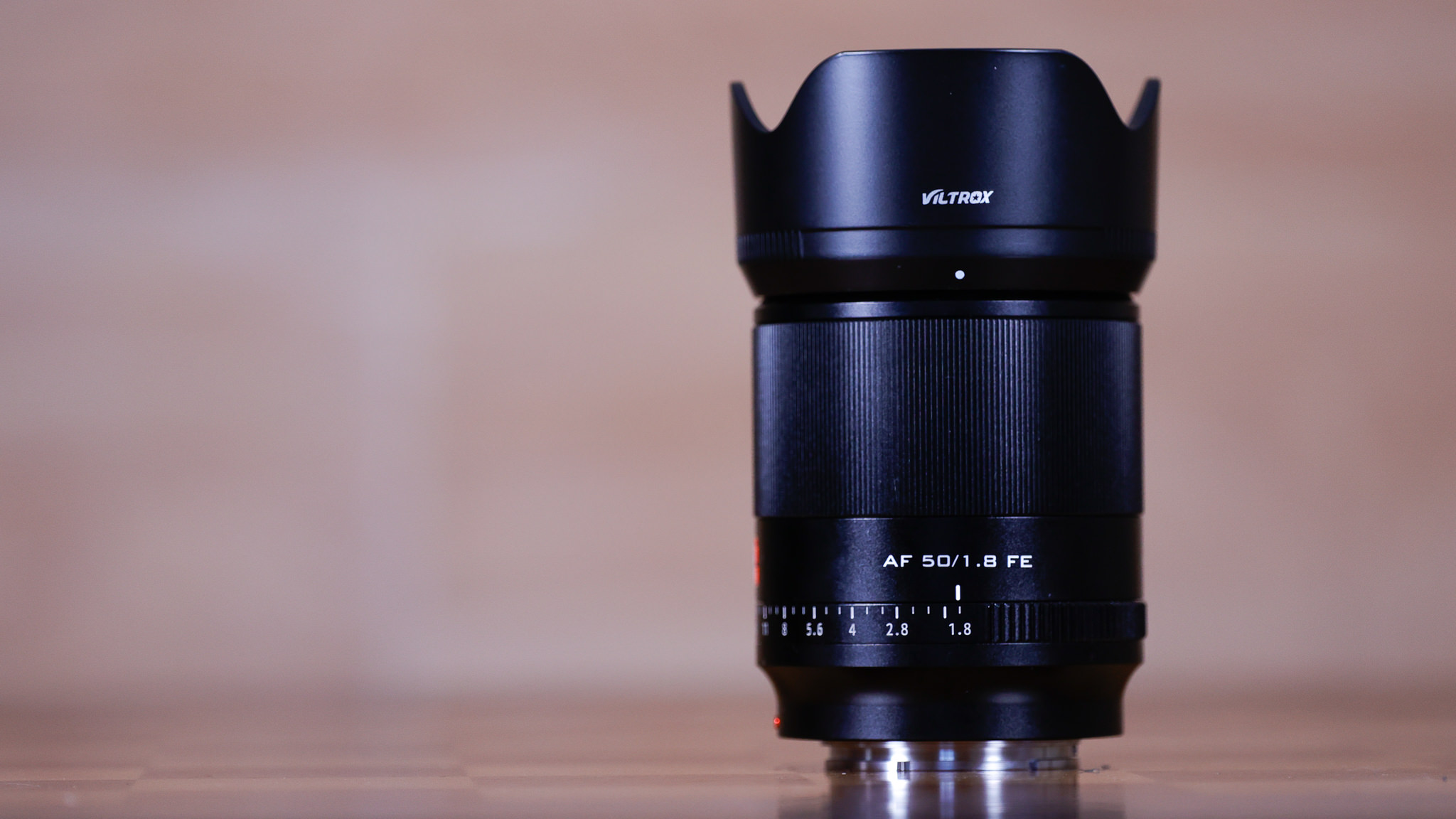
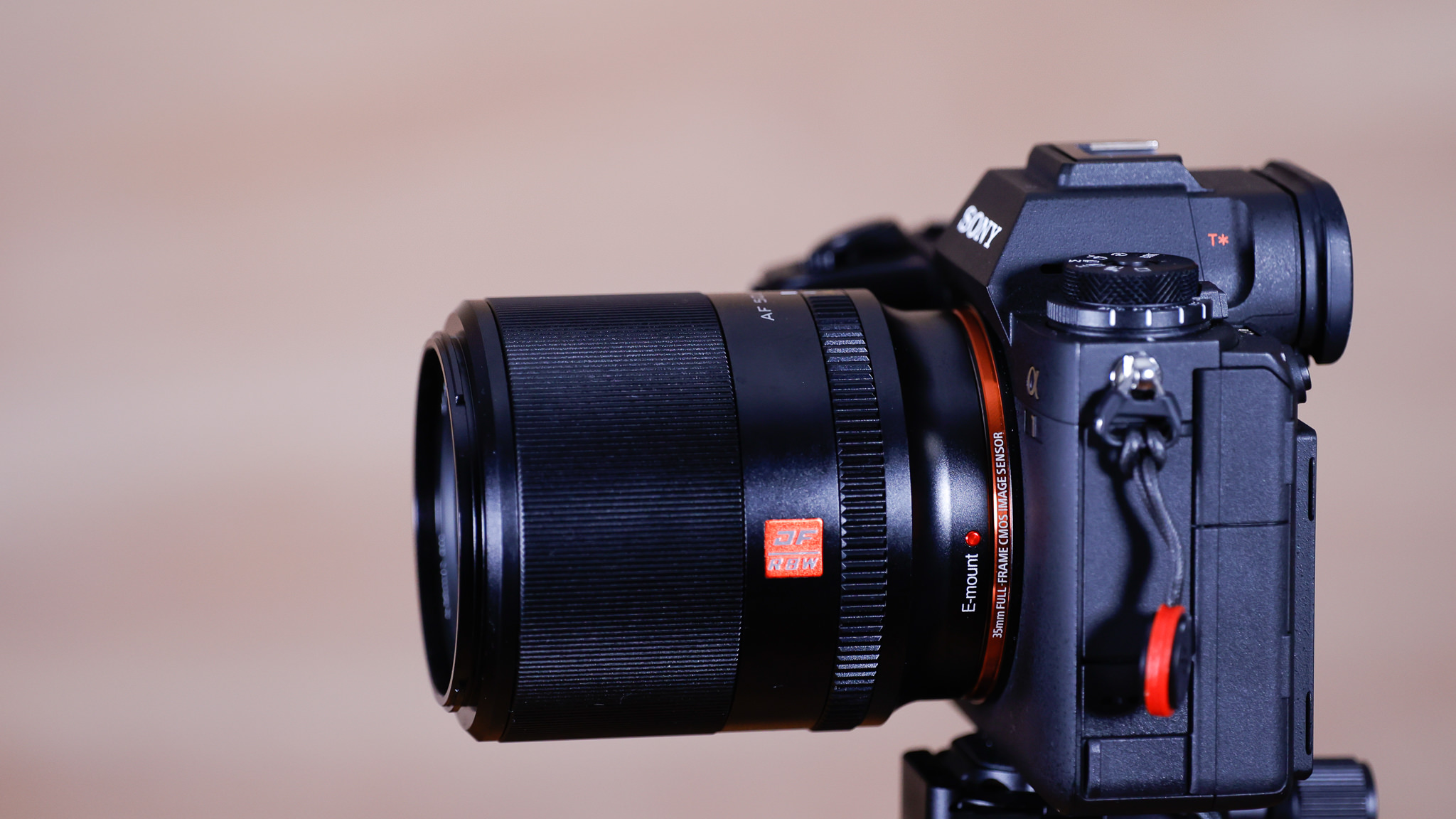
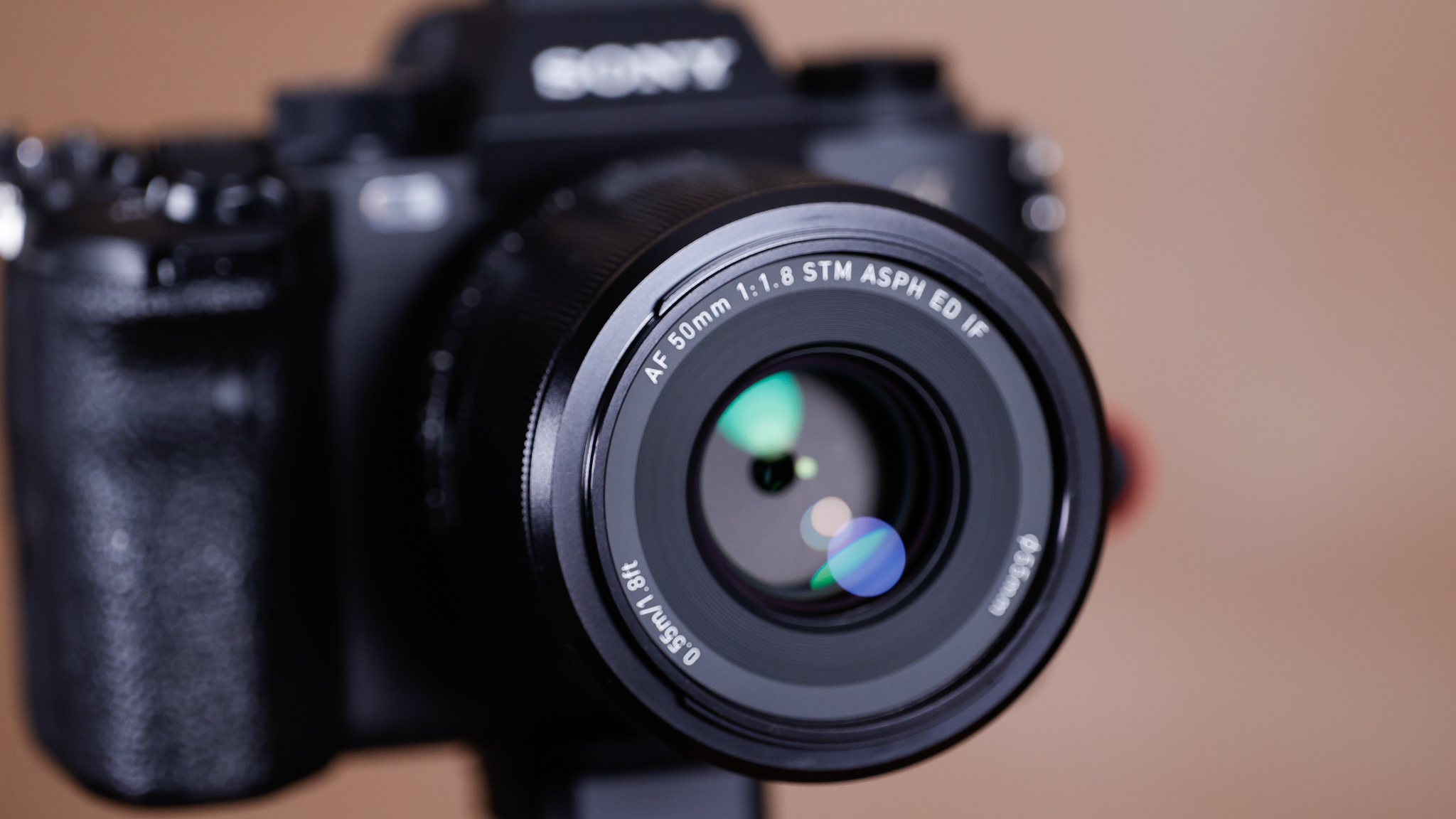
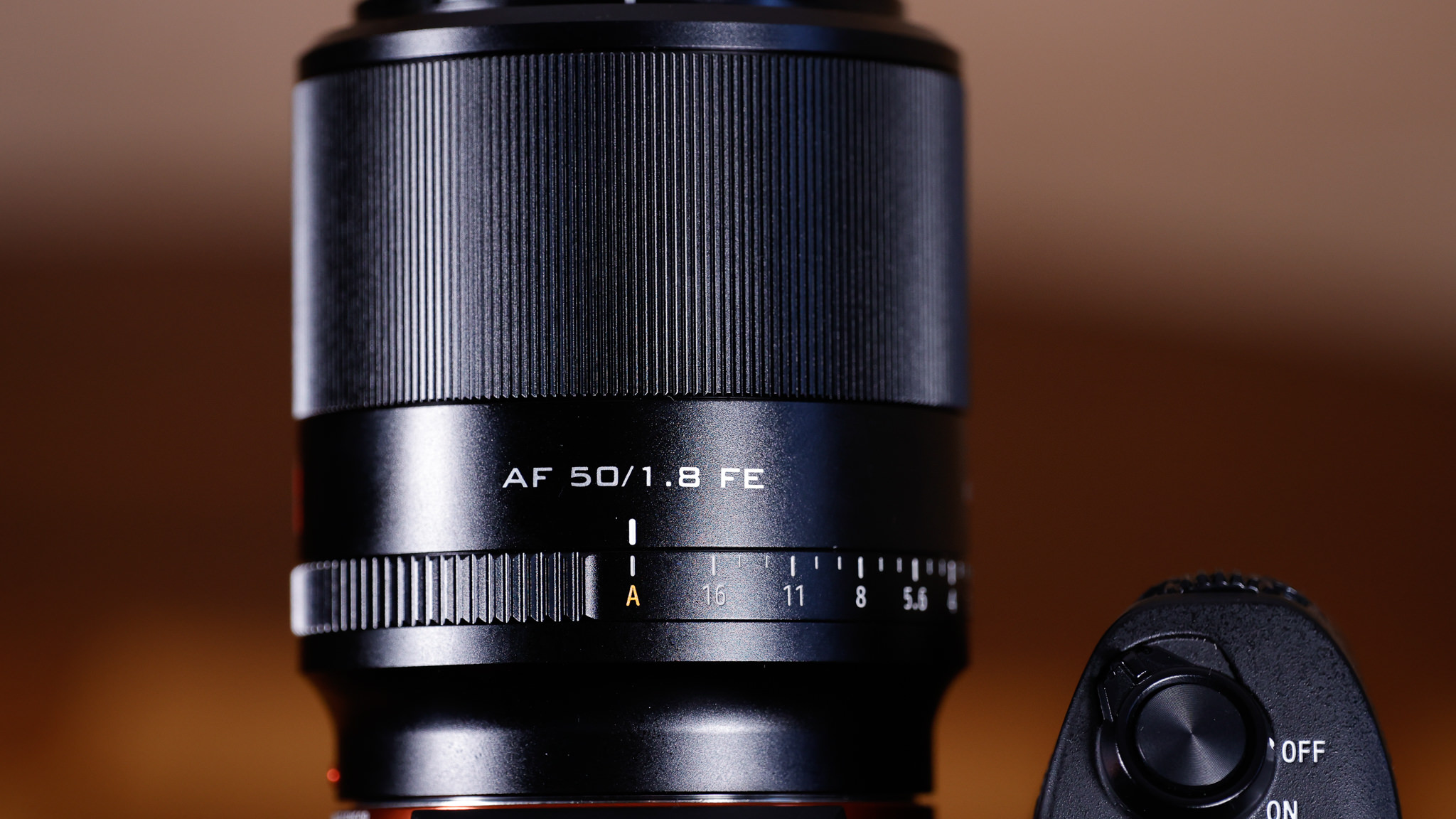

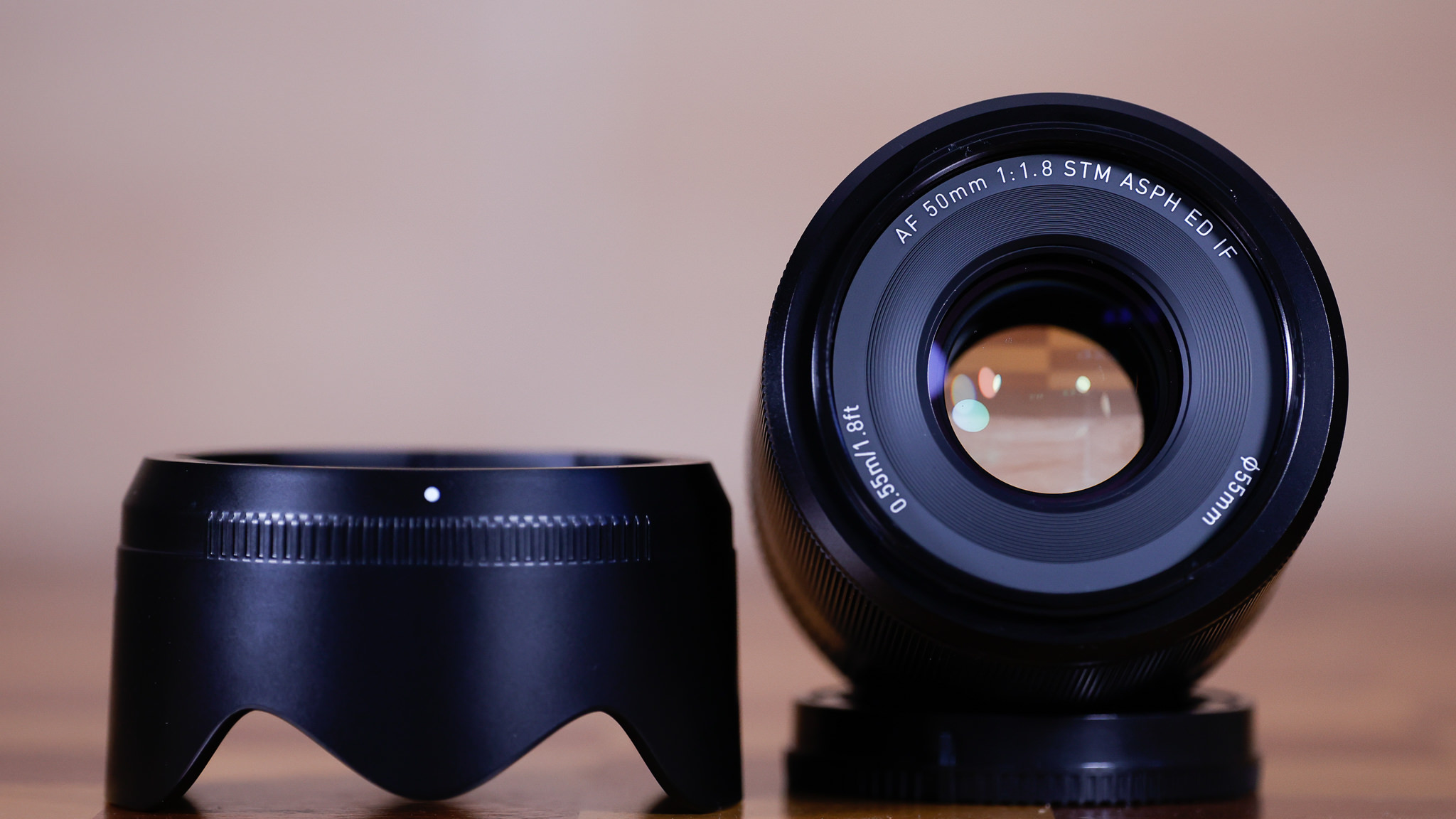




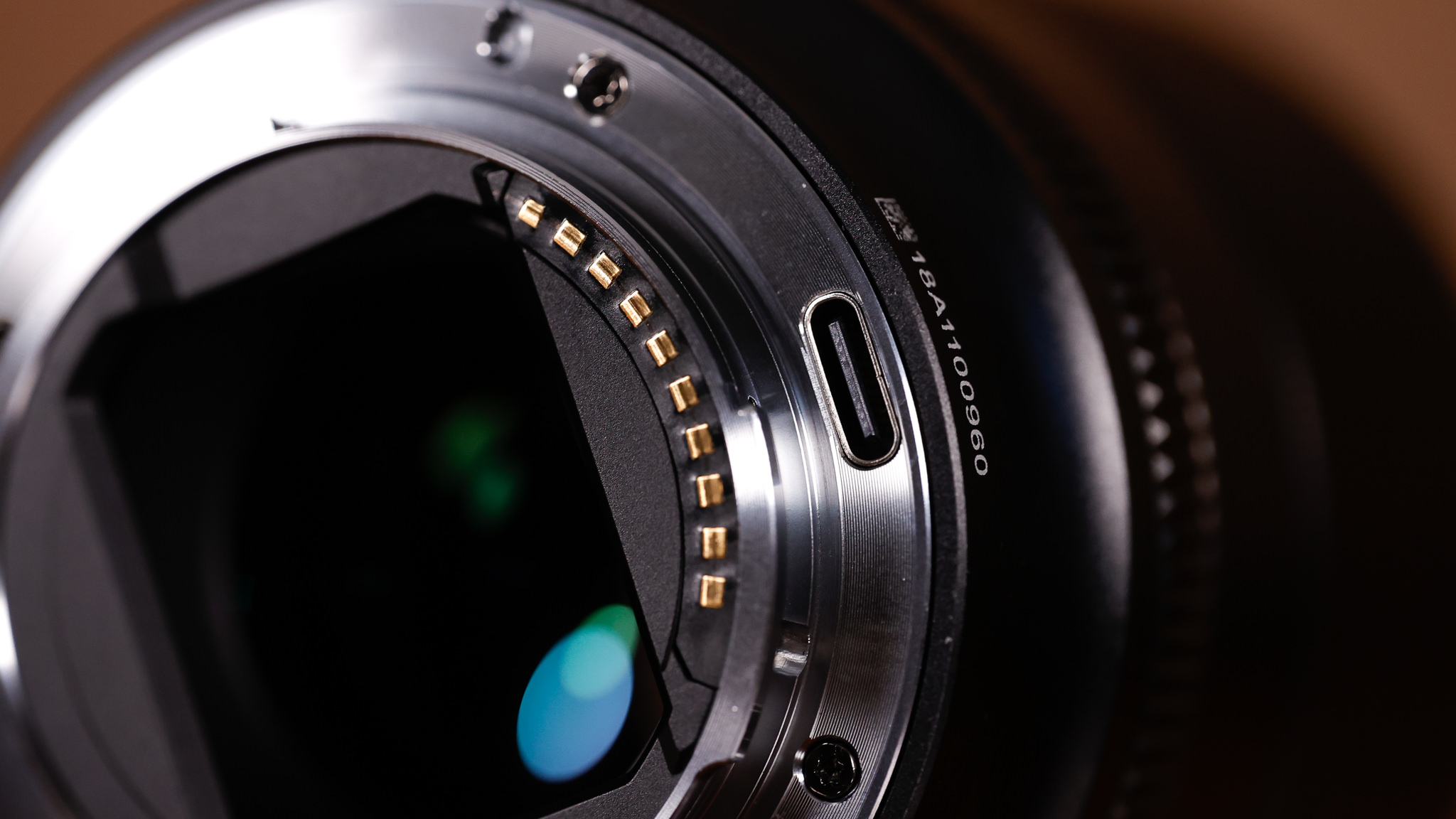
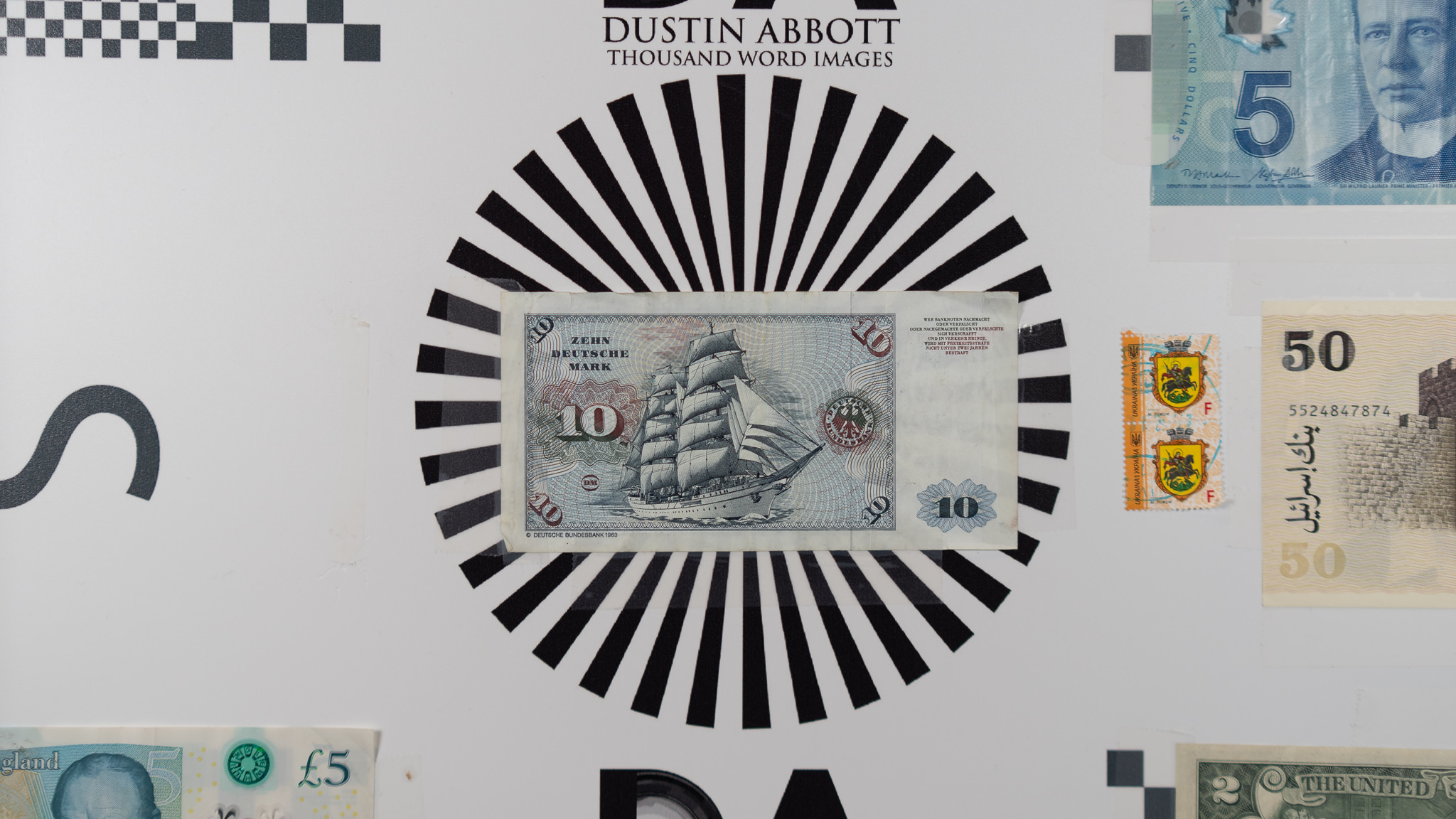











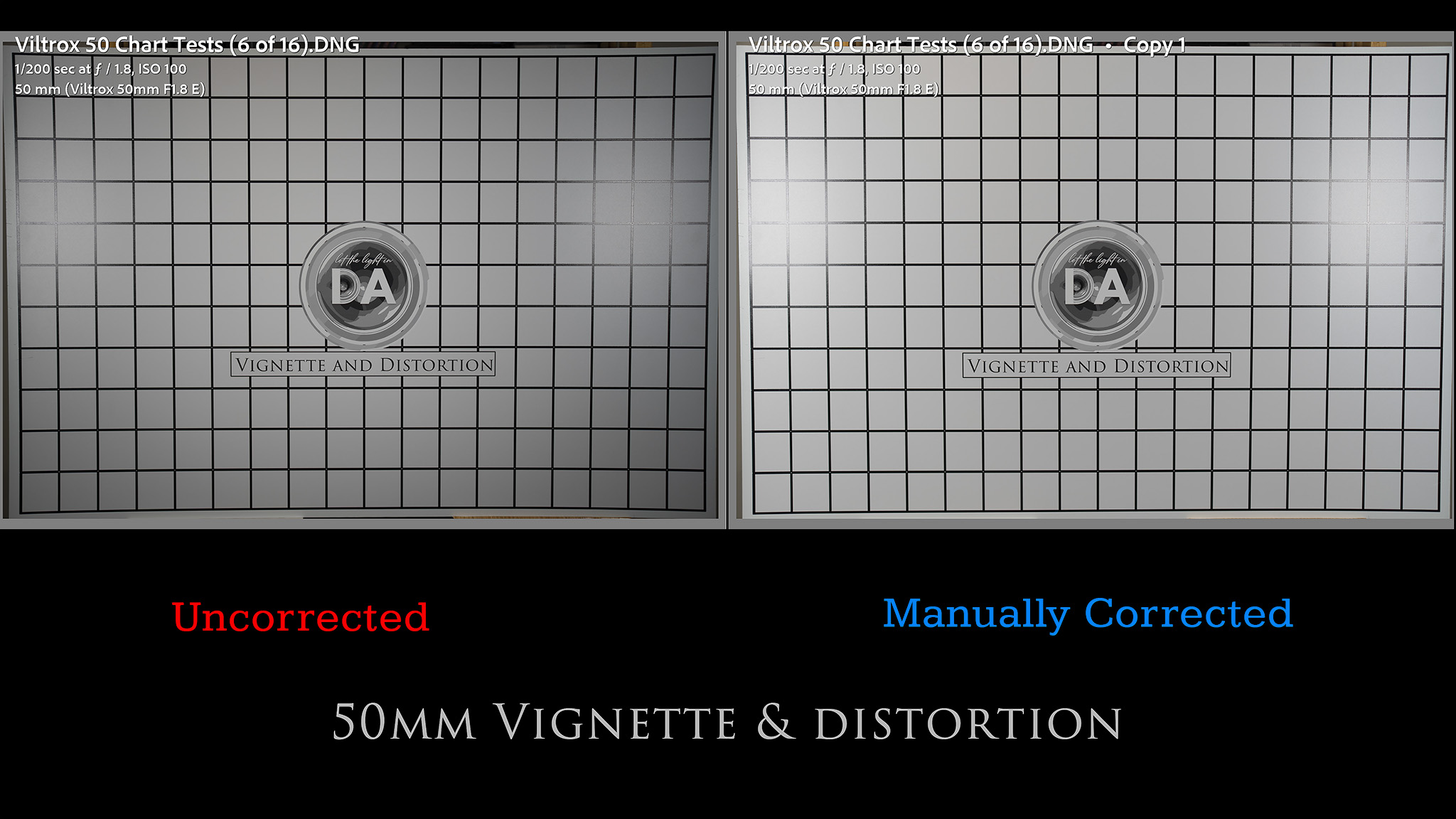

















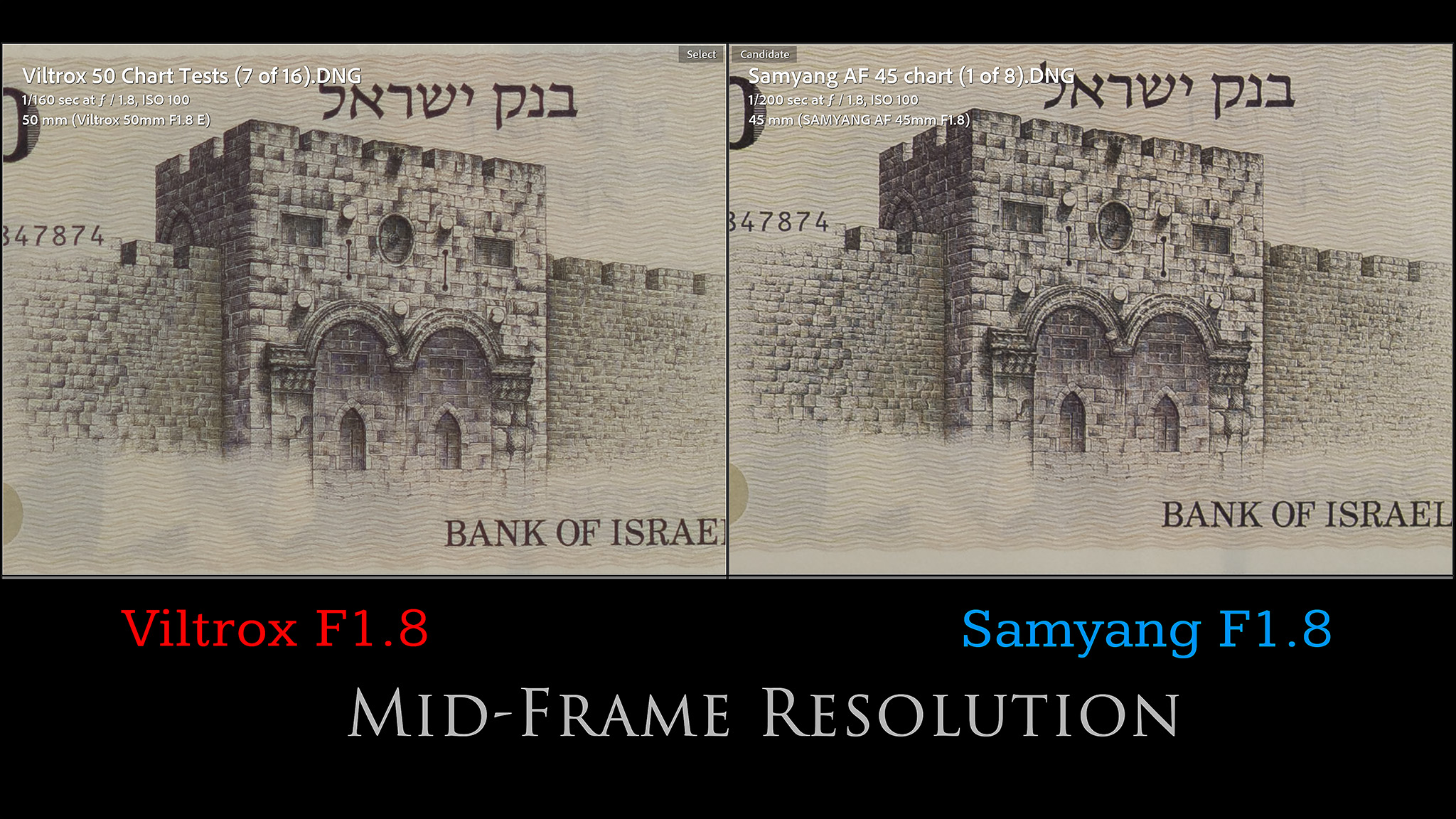



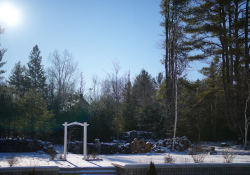
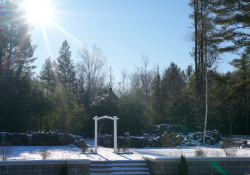

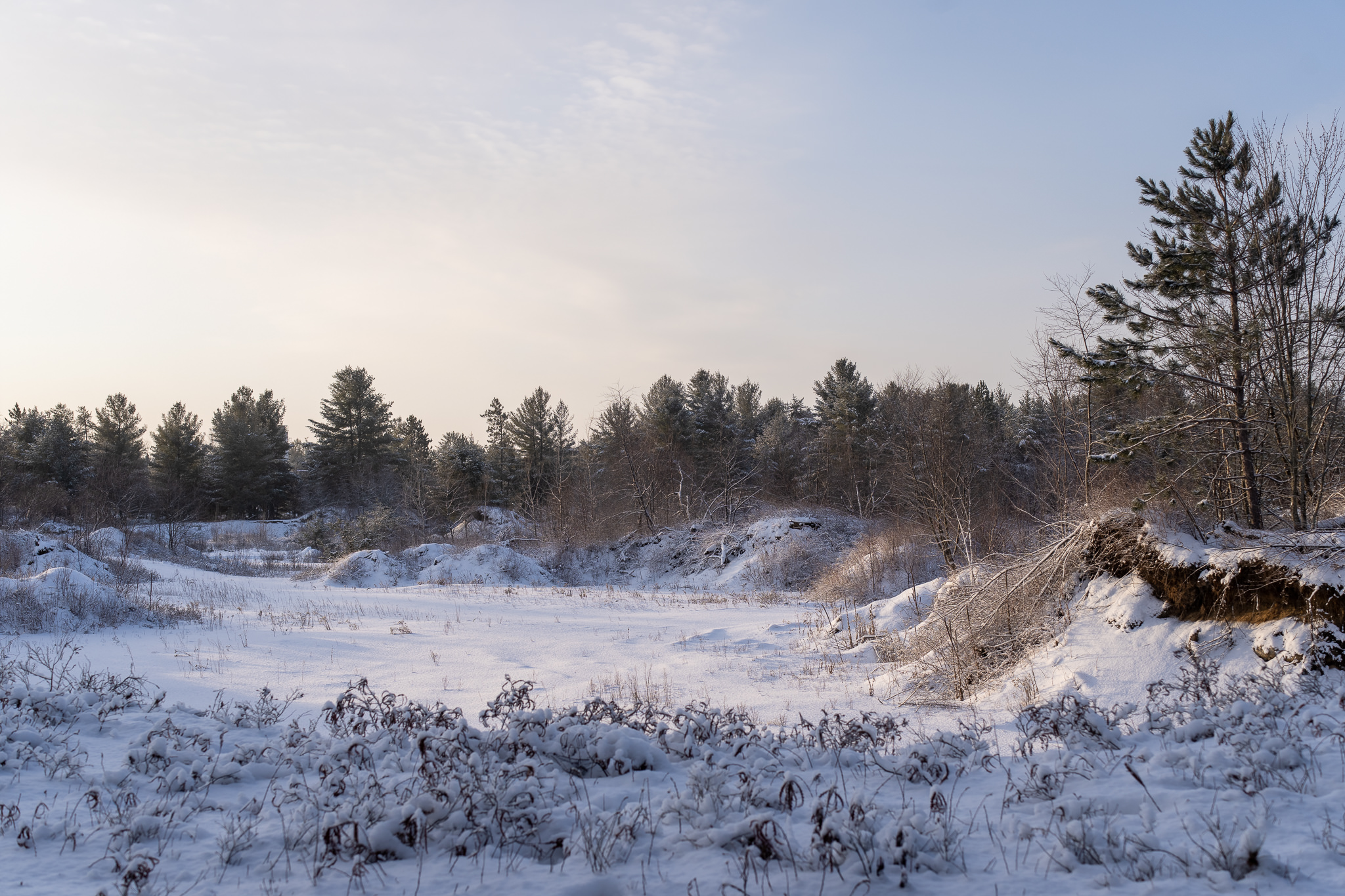




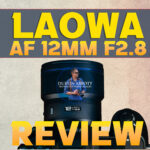 Laowa AF 12mm F2.8 Zero D Review (Z-Mount)
Laowa AF 12mm F2.8 Zero D Review (Z-Mount)  Nikkor Z 35mm F1.2 S Review
Nikkor Z 35mm F1.2 S Review  Kase AF 85mm F1.4 Review
Kase AF 85mm F1.4 Review  Fujifilm X-Half Review
Fujifilm X-Half Review 


